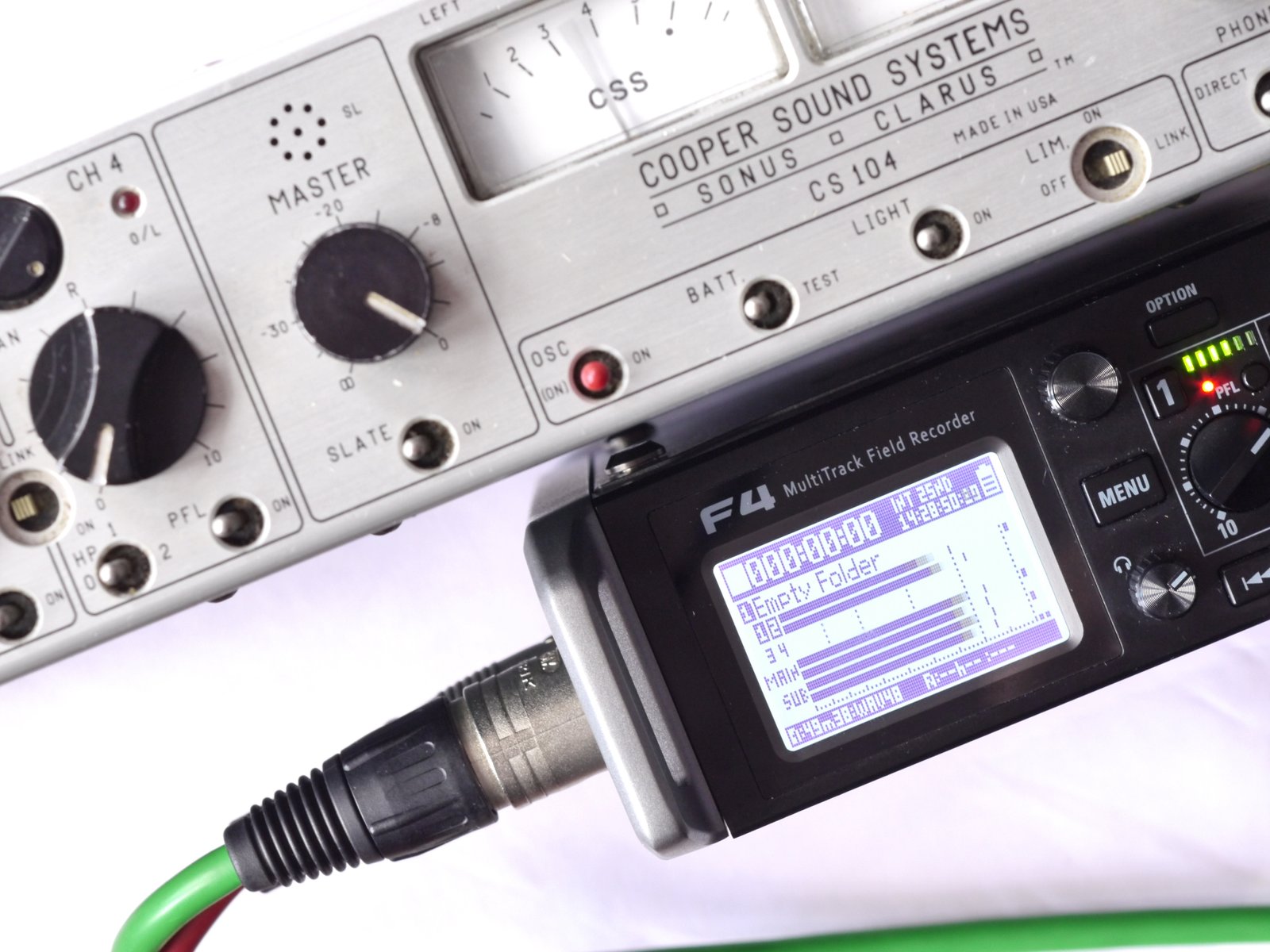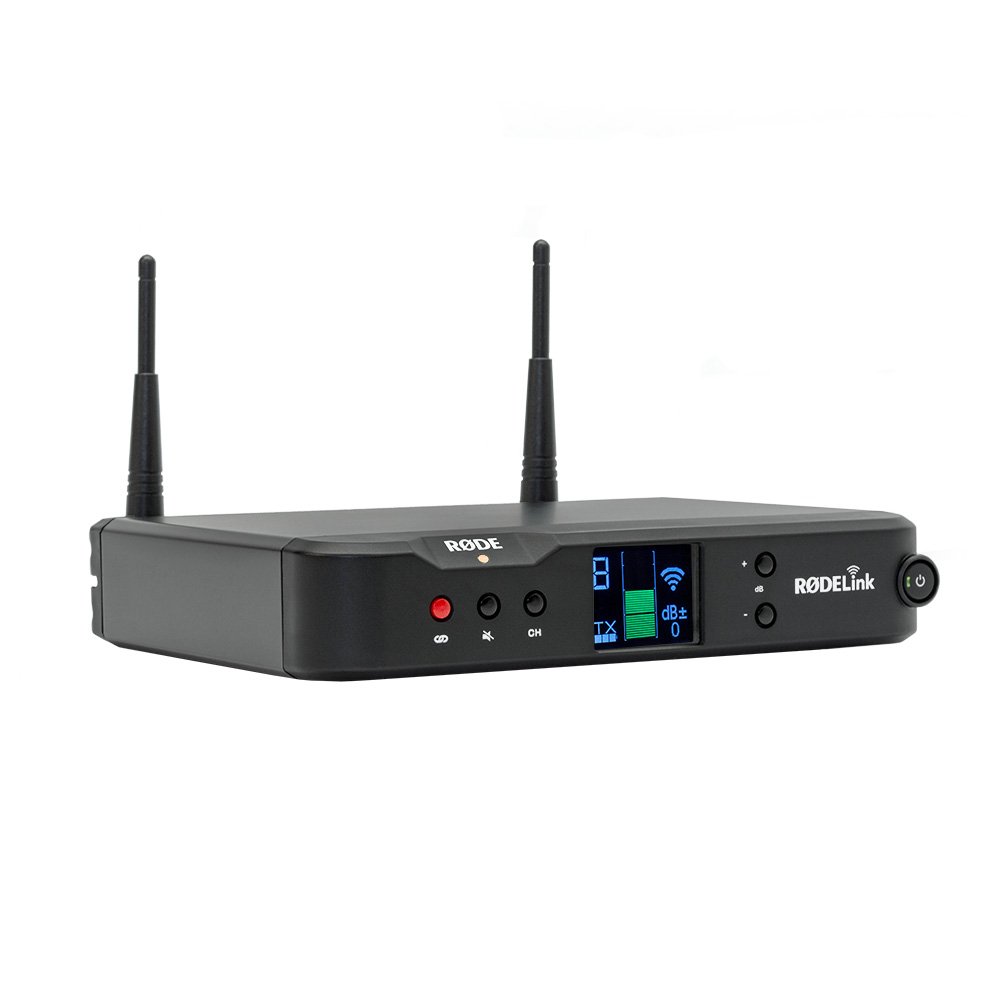Rode Performer Hand Held Wireless Kit
Rode have been just one of the leaders in the charge into radio mics in the 2.4Ghz band. The attraction is obvious – no licence required – here, there or anywhere. All round the world 2.4Ghz is a come as you are party for wifi networking. Rode dived in with their very popular Filmmaker kit comprising belt pack transmitter and battery powered receiver aimed at direct camera connection rather than necessarily involving a mixer. And now Rode have launched The Performer, this new hand held based outfit is made in Oz, comes with a mains powered receiver and offers pretty tidy build quality at what is a pretty attractive price point.
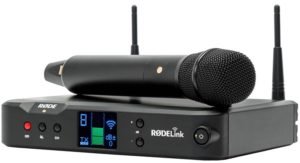
The Performer sports a Series 2 designation reflection improvements in the diversity performance of the system. Diversity came to professional radio mics with a bang when Audio released the DX2000 system back in 1990 – the idea is that the receiver has two tuners (if you do it properly) and two antennas – the receiver then compares the strength of the two signals and chooses the strongest signal – seamlessly switching to ensure you have the best quality all the time. With the advance of dsp modern 2.4Ghz systems can search across the band for the least busy channel and hop back and fore to find the best operating channel.
Rode have obviously been working on their core RF technology here and this really is the deal breaker for a wireless system if you basic rf tech is no good then your radio system however fully featured is not going to do the business. The front panel of the RX-Desk has an on switch, a bright colour lcd screen and a scattering of buttons to select options. Up and Down buttons are available for the direct control of audio level from minus twenty to plus twenty dB in ten dB steps. The remaining three buttons on the left hand side of the screen – pair the receiver with the transmitter, remote mute or unmute the microphone and change the operating channel. The output of the receiver is available on a line level jack or balanced on xlr. With switchable level controls.
The last button came as a little bit of a surprise as I’ve been used to pairing systems with no manual input at all. The procedure with the Rode is select a channel on the receiver and then enter pairing mode and hold down the pair button the transmitter. Rode don’t want the talent fiddling – the channel display and pairing button on the hand held transmitter are hidden inside the body – being revealed by unscrewing the bottom half of the body cover. It’s a slight pain but probably worth it as you don’t really want your presenter toying with the pairing settings a few seconds before kick off.
One point about pairing is that it is similar but not identical to setting frequencies on a more conventional radio mic. I’m guessing this is because of the channel hopping technology built into all the 2.4Ghz systems – the notion of working on a particular frequency just doesn’t exist. However a word of warning here – you can make a trad radio mic fail by taking it out of range but I have never known a radio mic change its frequency settings of its own accord – in other words I’ve never failed to ‘pair’ a transmitter and a receiver. However when you fire up a 2.4Ghz system from cold the tx and the rx end have to find and recognise each other – even if previously paired. This process is automatic, usually almost instant and requires no user attention. But some systems are better at it than others. I found the Rode particularly robust in this aspect and having used systems where mics would occasionally be unable to pair without user input this is a big plus to Rode.
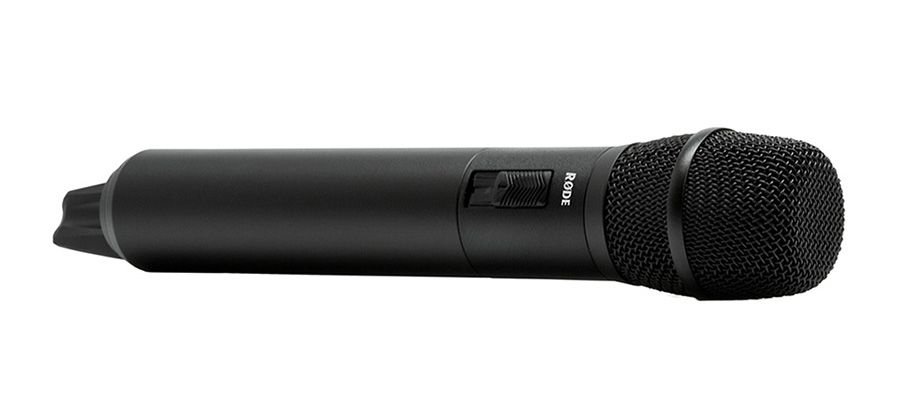 The LCD receiver screen displays pair status and channel number alongside signal strength and audio and output levels. The hand held transmitter has a nicely concealed on switch with led (orange for on and green for on and paired) on the bottom and a big mute slide. To be honest I’m against mute switches on mics – having had quite a few painful mute based experiences over the years – so I was pretty pleased to see Rode have included a mute over ride button the receiver allowing the operator to mute the mic remotely or indeed unmute it if the talent has forgotten to do so.
The LCD receiver screen displays pair status and channel number alongside signal strength and audio and output levels. The hand held transmitter has a nicely concealed on switch with led (orange for on and green for on and paired) on the bottom and a big mute slide. To be honest I’m against mute switches on mics – having had quite a few painful mute based experiences over the years – so I was pretty pleased to see Rode have included a mute over ride button the receiver allowing the operator to mute the mic remotely or indeed unmute it if the talent has forgotten to do so.
The Performer kit comes with a rechargeable battery in the handheld – and a micro usb charging port – and you can remove the pack and replace it with two AA cells at any time. I have to say that is another sign that Rode have listened closely to their users and offer what is the best of both worlds in terms of transmitter powering.
But for every swing there is a roundabout, and the licence free nature of 2.4Ghz has proved too much for some systems I’ve tried. Rode recommend checking the 2.4Ghz traffic with your mobile to see how many access points are in use and note that three heavily used points will be enough to have an impact on the range of your Performer system.
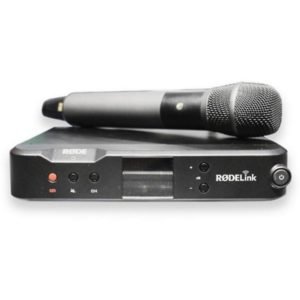
I used the Performer in a local venue (150 seats) alongside a couple of other channels of 2.4Ghz wireless mics with more than three access points in operation and had no problems – but the line of sight distance between mic and receiver was under 20m – if you are trying to work at much longer distances I would recommend some preflight checks before going live. That is the reality of rf in the 2.4Ghz band.
The Performer system offers a clever mix of features and engineering that delivers licence free wireless in a decent package at an attractive price. I found the audio quality at least equal to more expensive systems and certainly a real bonus at the price. All in all – a good Performer.
